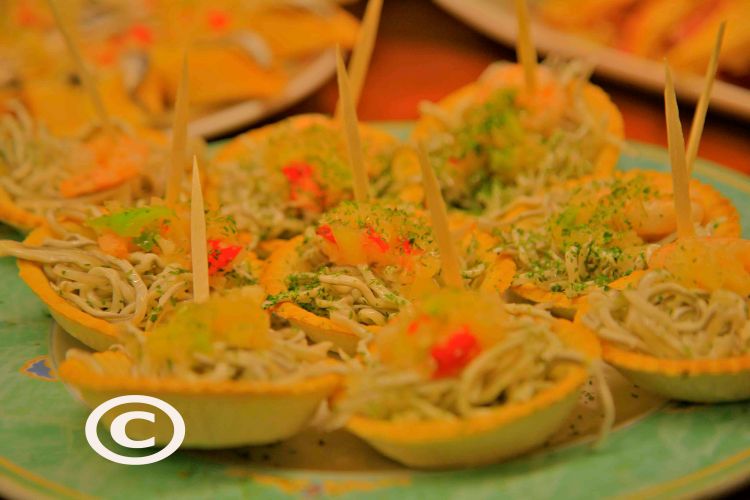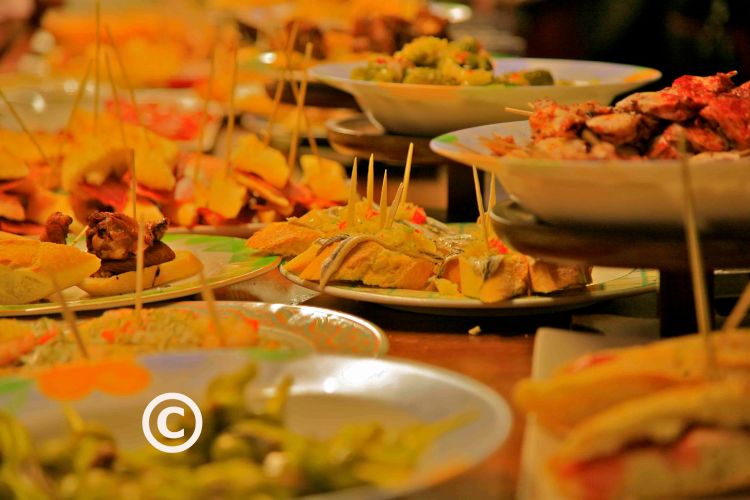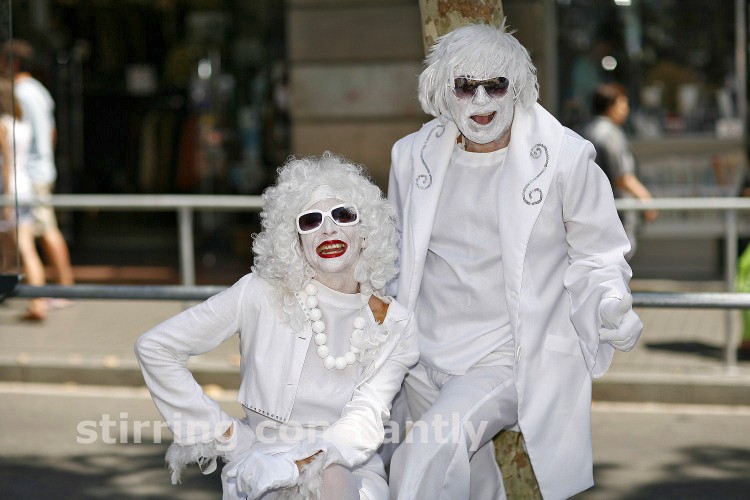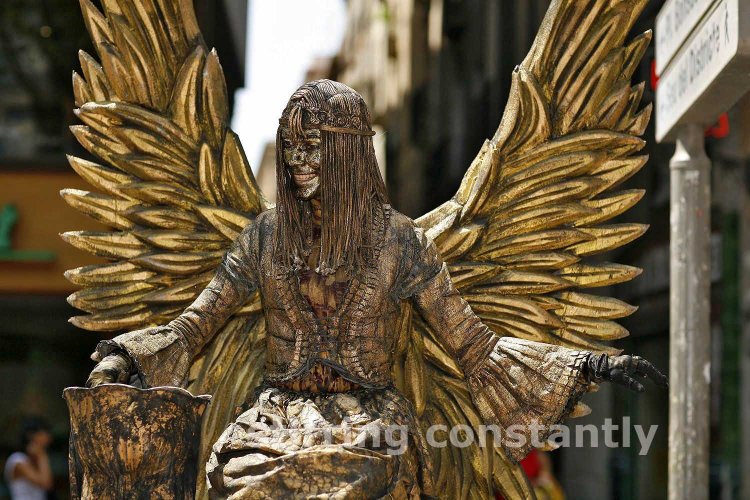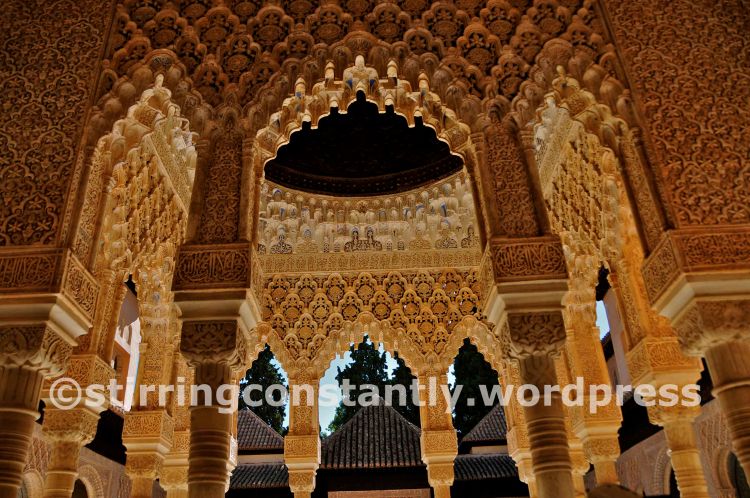
There are places that propel our faith further to a point of breaking up or simply acknowledging that divine providence. Other places could make us fall in love and believe on that one elusive someone that will change our lives. And few places would leave a rather disappointing impression that sometimes irk us when uttered by someone. And most often than not we judge the place so much based on our own particular biases, attitudes and dispositions that we failed to see its distinct appeal.
Going to Alhambra was not part of the plan. We were having the best time of our Spanish sojourn in Malaga and Cadiz, two beautiful cities of the Andalusian region. In fact the whole region boasted so many attractive and historical towns that most visitors go down south whenever they come to Spain. It has been recorded even that the Andalusian region ranked 1 in widely visited regions of Spain. Aside from Malaga and Cadiz, we have the elusive and capital city of the region, Seville; Cordoba with its unique Moorish mosque, Jaen and Jerez de la Frontera, Ronda and the famous Costa del Sol. So many to mention yet all of them have a charm of its own. And another jewel of the Andalusian region is the famous Granada which is home to the jaw-dropping Alhambra Palace.
Granada is famous for its superb Moorish influence. As we travel around the town en route to the Alhambra Palace, I noticed already how quaint it was and just livable where one sees the Sierra Nevada mountains with its snow-capped peaks in the horizon. We’ve left Malaga around 6am for a two-hour drive to Granada and to be the first to enter Alhambra. We were told to reserve our tickets earlier as it tends to be crowded towards the middle of the day. Not so much in a hurry, we had ample time to walk around town and to sit down for a Spanish-style breakfast full of chorizos, coffee and bread.
Indeed we couldn’t hide our excitement. Just as we saw the Welcome sign to Granada and had our first peak of the Alhambra Palace on top of the hill al-Sabika, we could already hear our hearts beating. The morning sun was just starting to show and the mountainous peaks glistened on the distant horizon. I had to agree that the Moors couldn’t have chosen a perfect place to build a stronghold on this part of the town. Just as we started climbing the hills we noticed how strategically built Alhambra was where one could see the beautiful town below.
The complete name of Alhambra is ‘Qal’at al-Hambra”, which means The Red Fortress. It was initially built as a fortress and was only later transformed as residential palace. The first impression of course from the moment you entered the complex was the complexity of its decorations and design. You’ll see the leaves being carved on walls and the so many arabesque letters forming an ornate visual feast. I guess that is the magic of Alhambra -sheer visual imagery brought about by seemingly perfect carvings on walls and columns that overwhelms the rational part of our brain. It was just awesome and beyond belief that letters and words could capture the Unesco World Heritage List.
As we kept on walking and digesting all these visual feasts around us, I was hit by a sudden desire to know what kind of words or phrases were injected on the walls, columns and arches. I know for one it was Arabic but what do they signify and how? Being so perfectly restored is one thing but Alhambra’s uniqueness and power lie so much on the faith behind its construction. And when my guide told me what these words signify, I stood there speechless. The words were all veneration to Allah. It was their way of praising God and making sure that all credit went to Him. As the guide left to the next room, I stood in the middle of the Harem with such thirst to learn all these words writtten on the wall. And never did I realize how much beautiful it is to glorify God even more so on a palace like Alhambra.
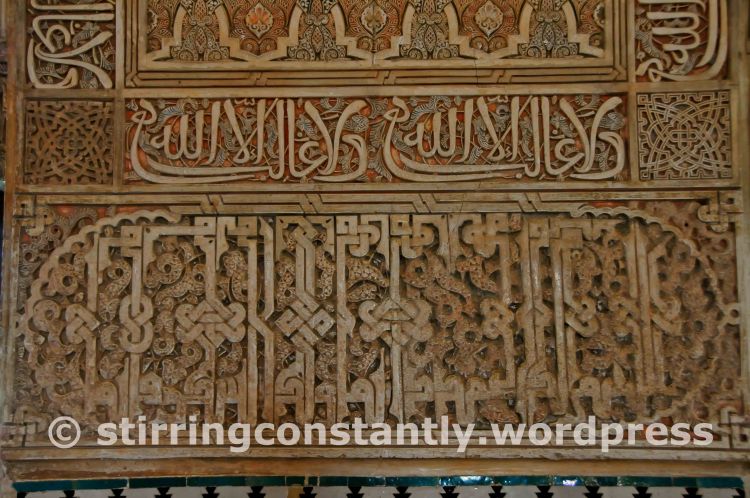
Amidst the many information I heard that morning, only one thing remained in my memory until now. And even though this adventure happened more than a year already, I could feel it in my heart to remember God in everything we do. For the Moors exactly did that. Unknown to a lot of people, the sheer design of the Alhambra Palace were all manifestations of their unwavering faith to Allah. The ornate carvings and designs were all praises to God. Just as we thought that words and sentences can be so tacky in architecture, think again! It is with such pride that I was caressing the words with my fingers as I slowly moved from one room to another. If only the walls could talk, I will gladly listen to stories of divine perfection and patience in creating such an elegant masterpiece.
Alhambra can stir so many emotions to different people. Others may admire its sheer beauty while some could marvel at its architecture which by far showed the most gentle elegance of the Moorish occupation. But I was moved by faith. I just realized how God made it possible for this superb architecture to survive all these years amidst threats of wars and invasion. For the very nature of protecting the kingdom was anchored on their deep faith to God.
————————————————————————————————————————————————————————————————————–
On a personal note, I just wanted to recommend as a relevant literary read before going to Alhambra the book written by Washington Irving “Tales of Alhambra”. He himself couldn’t say goodbye to the one place that embraced his life fully. And his words he said of wrapping all the beauty in his thoughts as simply the most logical thing to do. For I do agree that beauty can only be restored fully in our memory and only then you could say how much it changed our perspectives since then. Alhambra is not only a living testimony on the grand culture the Moors had but also on the fact that no amount of riches could equal to the grace of God.


